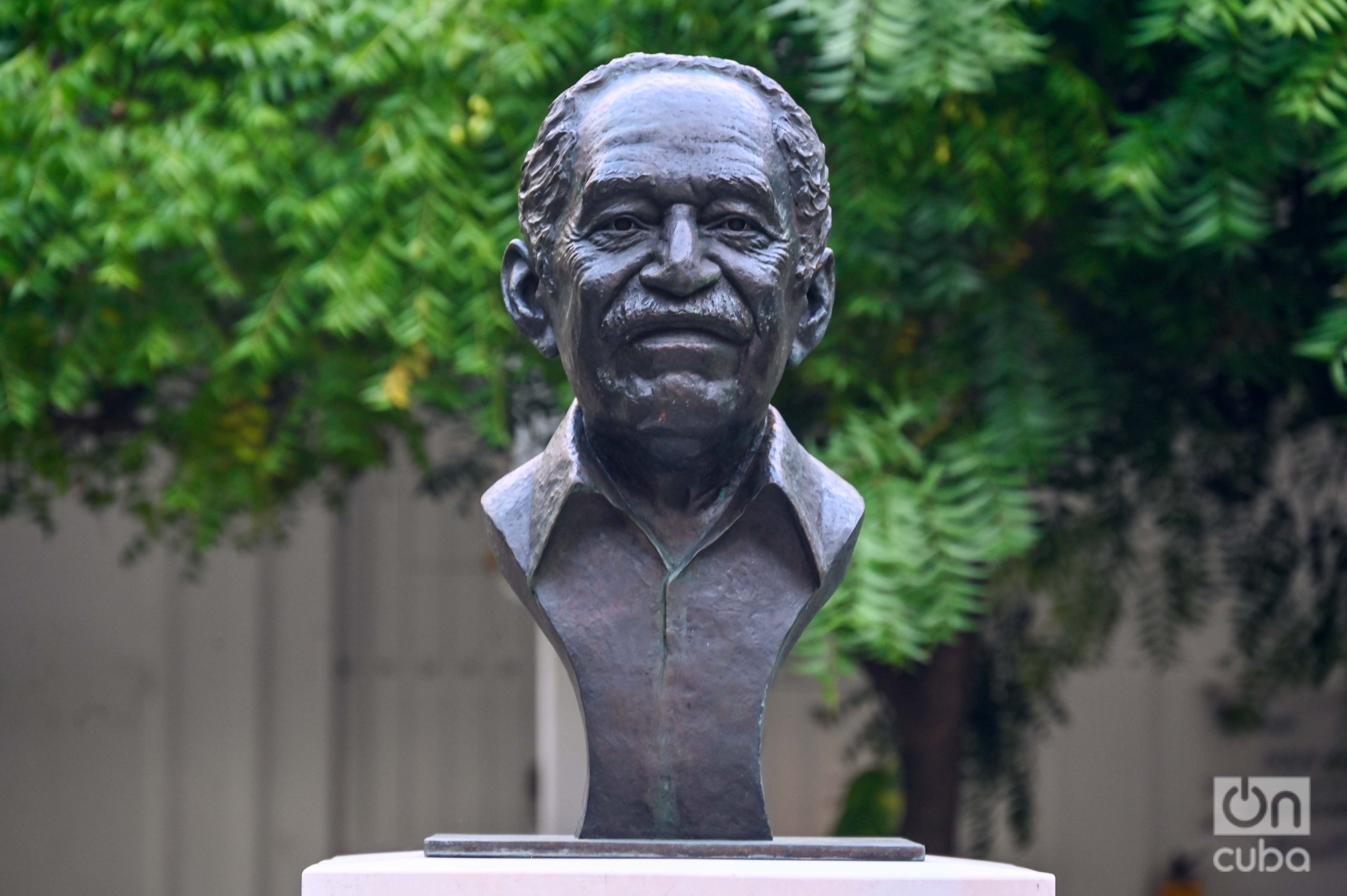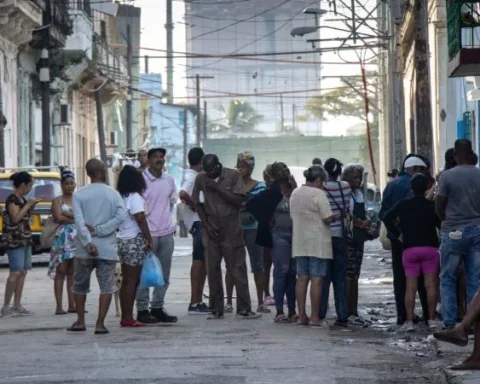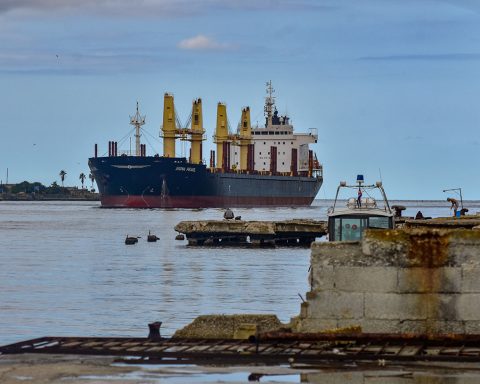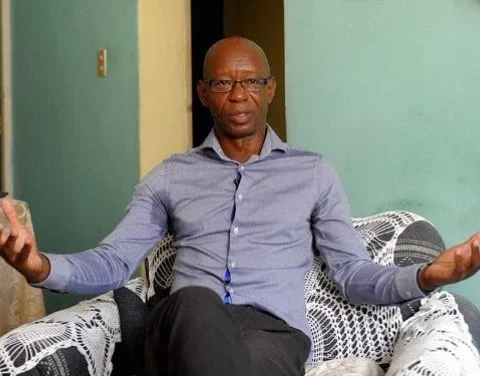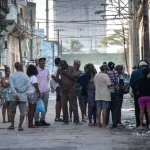April 17, 2014, when Gabriel García Márquez He left this world, newspaper pages, gathering mouths and television screens began to be filled with speculation about the final destination of their remains. No one seemed to have a clear answer. Where would the writer who had built such a vast literary universe finally rest?
Some said that he would remain in Mexico City, where he had found refuge in 1981 after being persecuted by the Colombian army, and resided until his last days; Others claimed that he would be transferred to Aracataca, his homeland, the small town of Magdalena who inspired his peak work, One hundred years of loneliness. However, in the end, it was his family, his wife Mercedes Barcha and his children Rodrigo and Gonzalo, who decided that their ashes would rest in a place that had marked their life and their work indelible: Cartagena de Indias.
A young Gabo arrived in Cartagena in the late 1940s, after the tragic murder of Jorge Eliécer Gaitán and El Bogotazo. He crossed the doors of the wall determined to settle. And Cartagena became not only a calm space, but marked a before and after for his literary career.
There he began working as a journalist in the newspaper El Universal; He wrote the first pages of his first novel, The leaf litter, which he published in 1955. And through the streets of this city he was inspired to set his works Love in cholera times (1985) and Of love and other demons (1995).
But it was the Nobel Prize for Literature who, years before his death, had expressed the desire for his remains to rest in this city. In an encounter with the journalist Juan Gossaín, García Márquez trusted him: “People know that I like to live in Cartagena, but I would more like that they once bury me here.” A few apparently simple words, but loaded with a deep meaning, which would be confirmed at the inhumation ceremony, when Gossaín himself, with the broken voice, recalled that conversation at the Caribbean Hotel, where Gabo had rejected an offer to sell his apartment, a place that he himself described as full of trees, peace and sea.
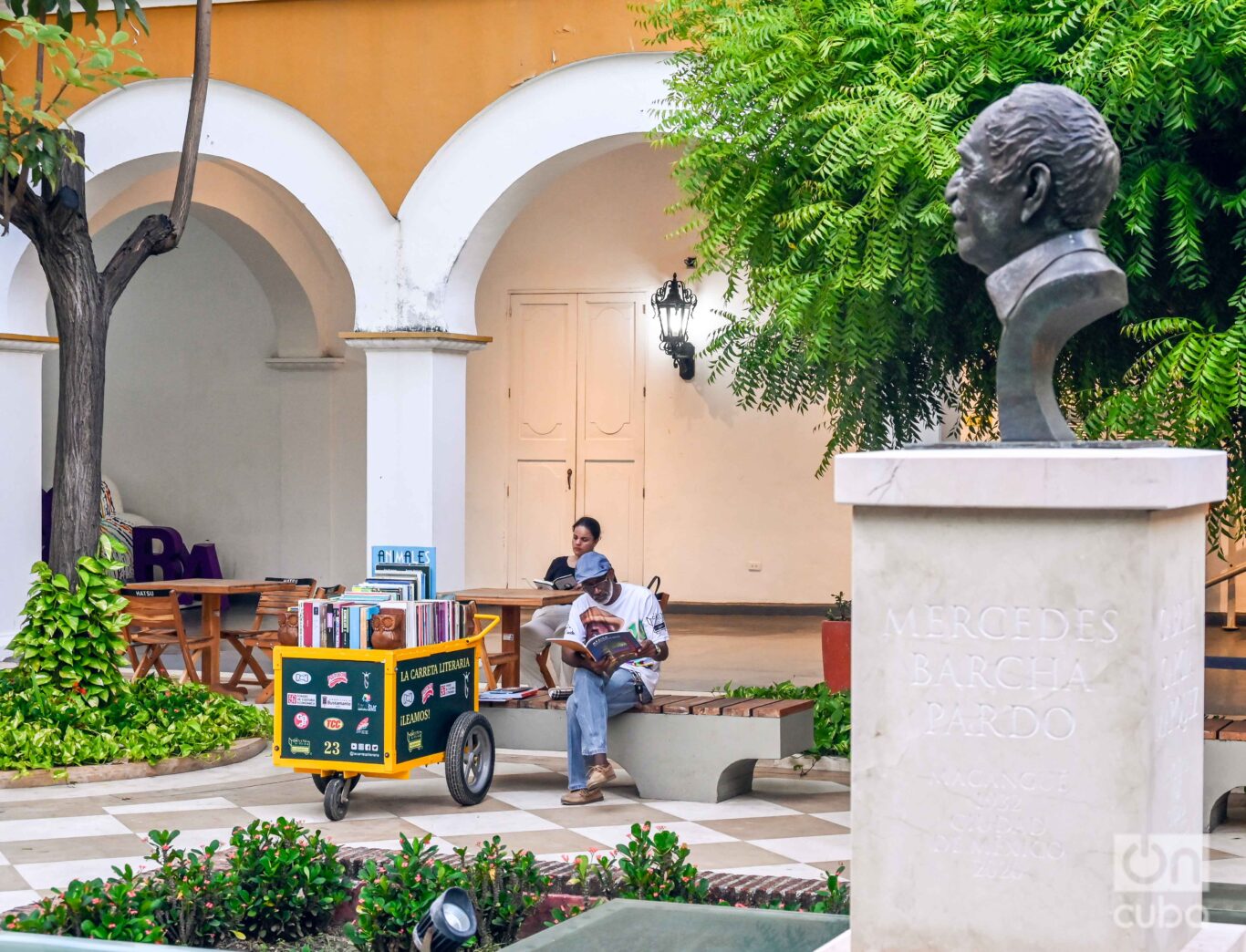
His funeral was held on April 21, in a ceremony that shocked the entire world. In the Palace of Fine Arts in Mexico City, he was paid an emotional national tribute, attended by great relevance figures, including the presidents of Mexico and Colombia of that time, as well as prominent writers and friends.
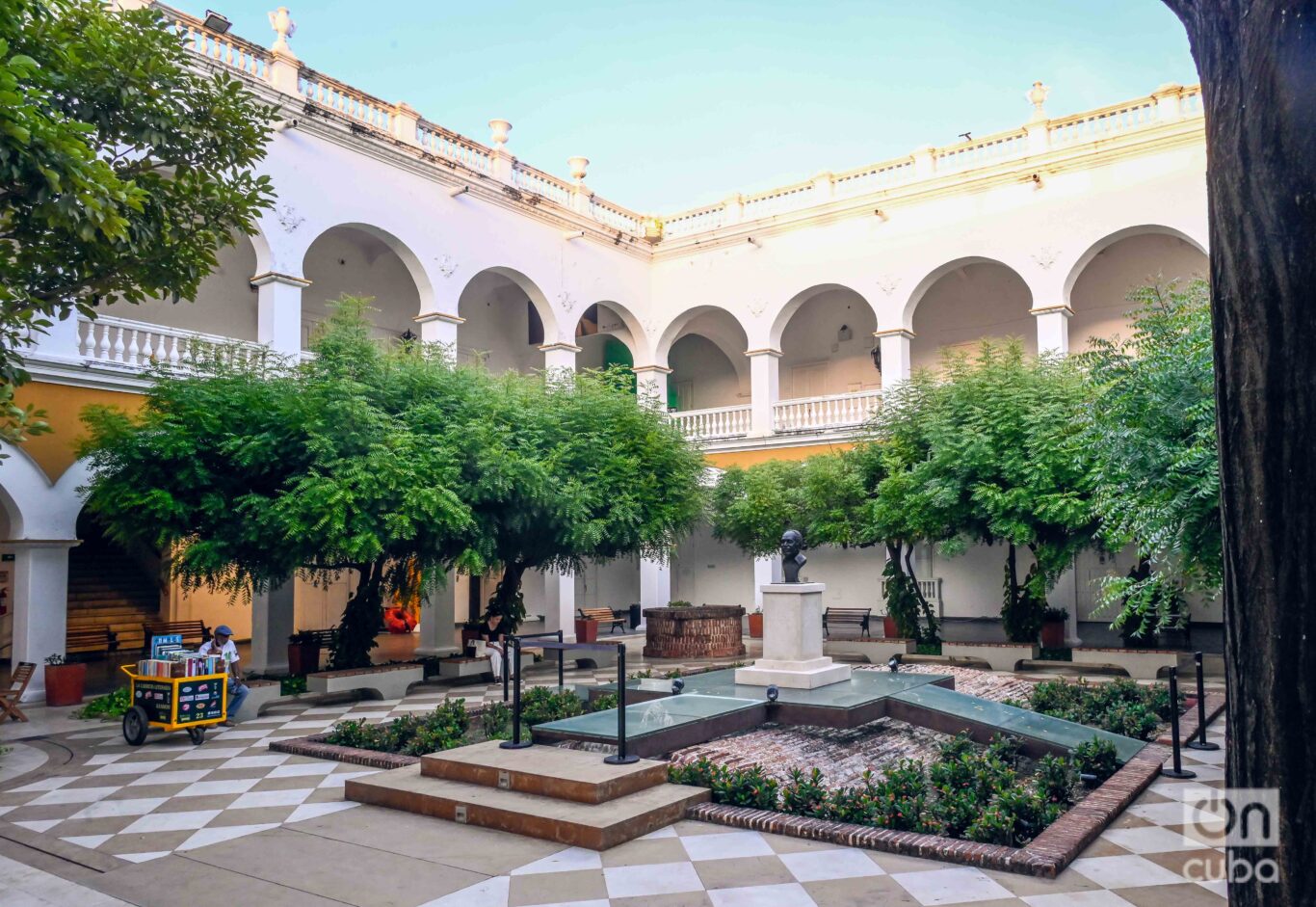
Finally, two years after his death, on May 23, 2016, García Márquez’s ashes were deposited in a memorial built in his honor in the Cloister of Merced, of the University of Cartagena. A bronze bust, sculpted by British artist Katie Murray, was erected on a floating platform in the center of the inner courtyard of the historic property. Years later, in that space surrounded by trees, the remains of Mercedes Barcha, his partner for more than fifty years, who died in 2020, were also deposited.
In this space, where time seems to stop and it is said that they usually lodge yellow butterflies, as in One hundred years of loneliness (“In this love story, provided that Mauricio Babylon visits Meme, the house of the Buendía is filled with yellow butterflies”), visitors can find a small cart, a rolling library with books that invite free to reading.
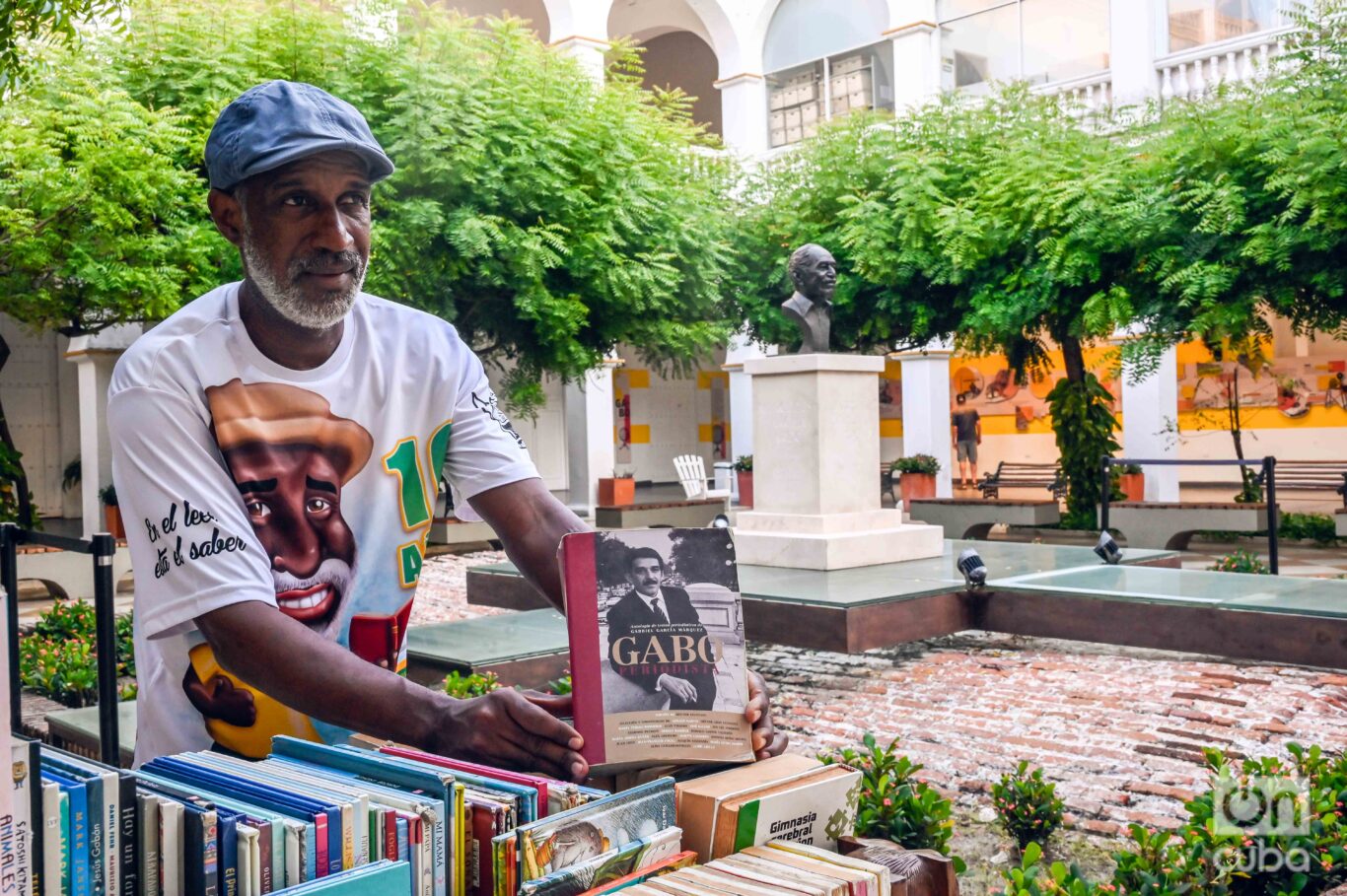
A few meters from the patio, a coffee offers a respite for those who, like García Márquez himself, feel attraction for Cartagena’s magic. Just next door, the doors of the Remedios La Bella bookstore open par in par as a literary refuge inspired by the character. With a collection of around 9 thousand copies, the bookstore covers a wide range of themes, from humanities and literature to art. Of course, there is no lack of editions of Gabo’s work, available to those who wish to take a piece of their unmistakable literary world.
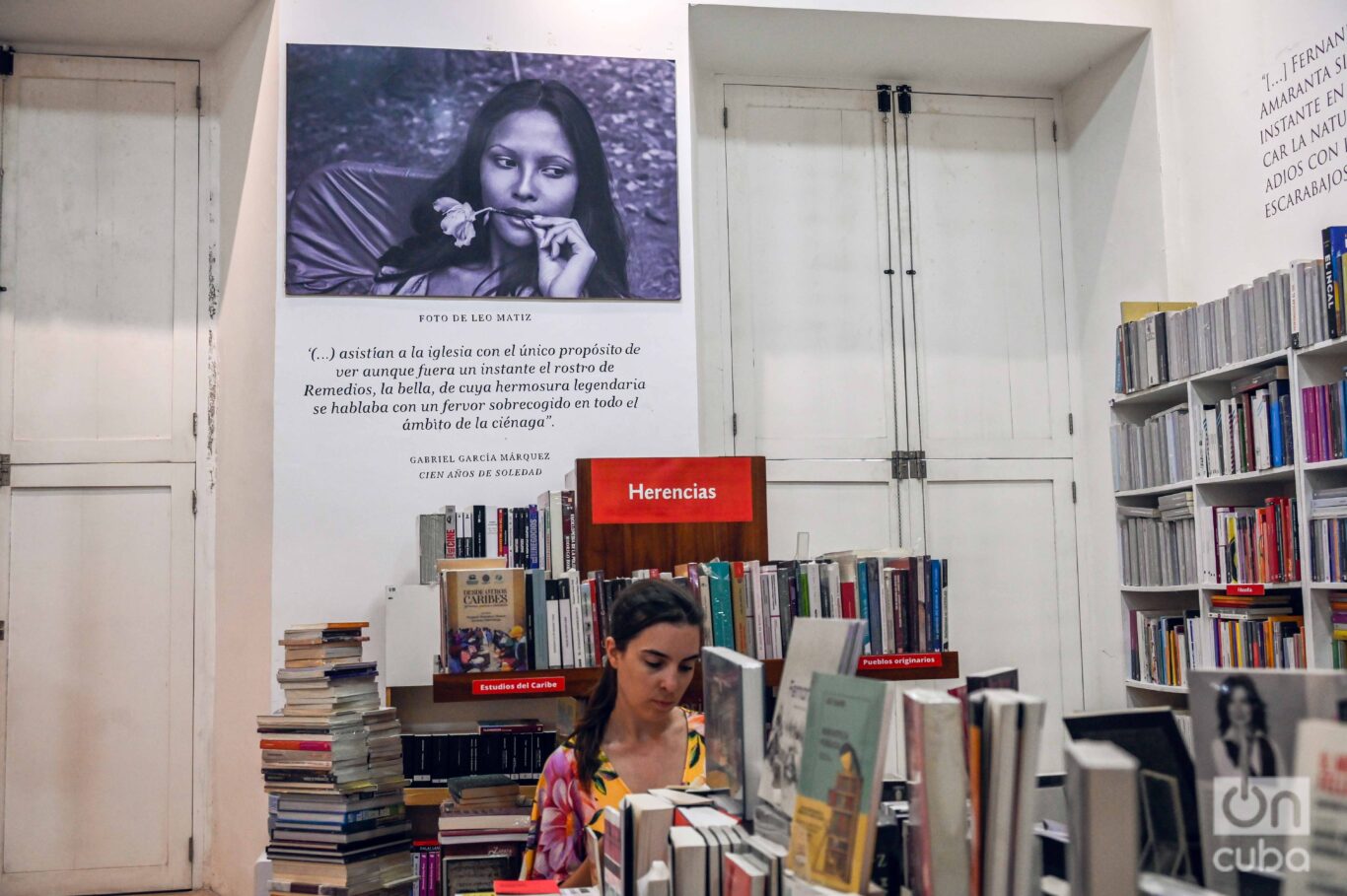
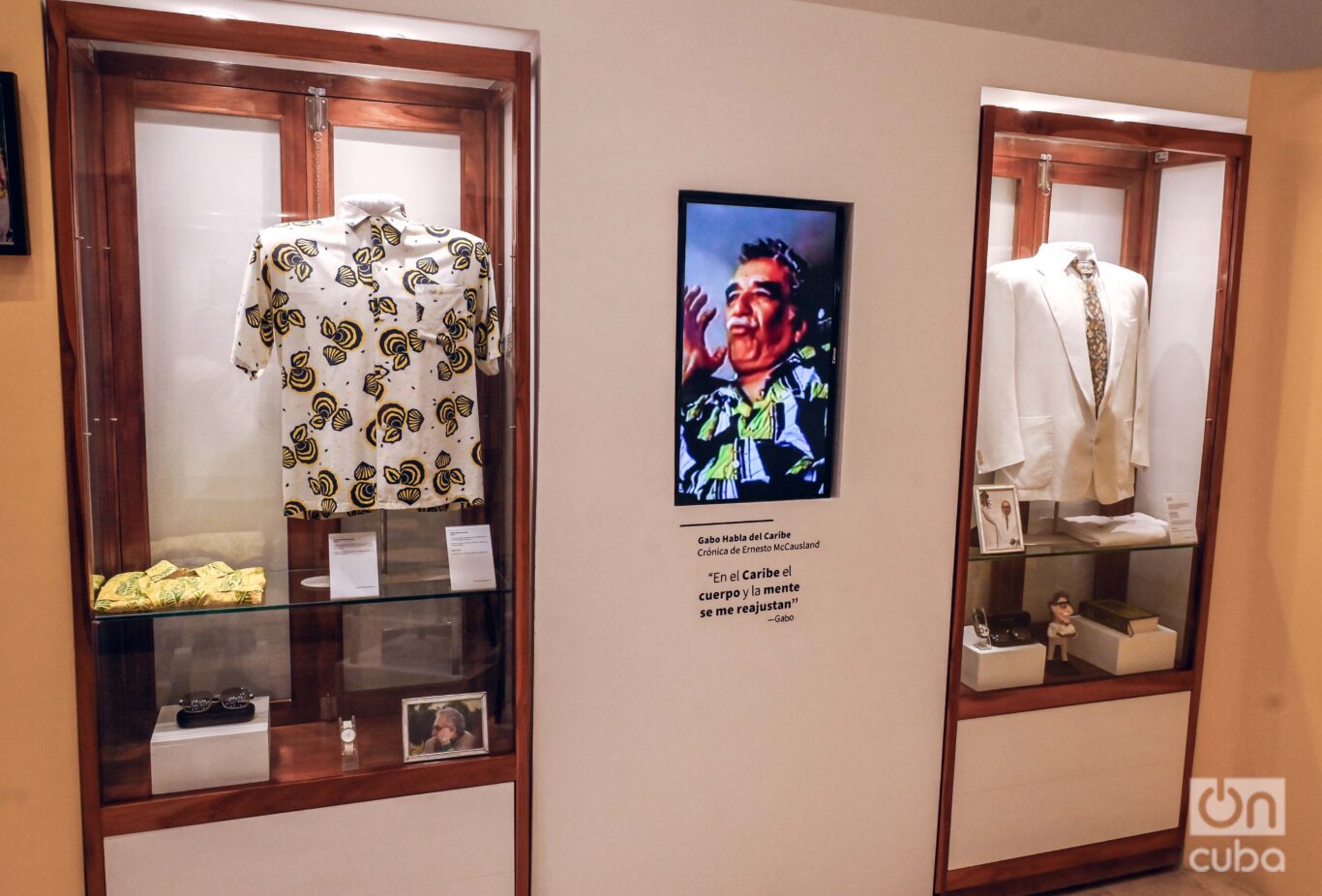
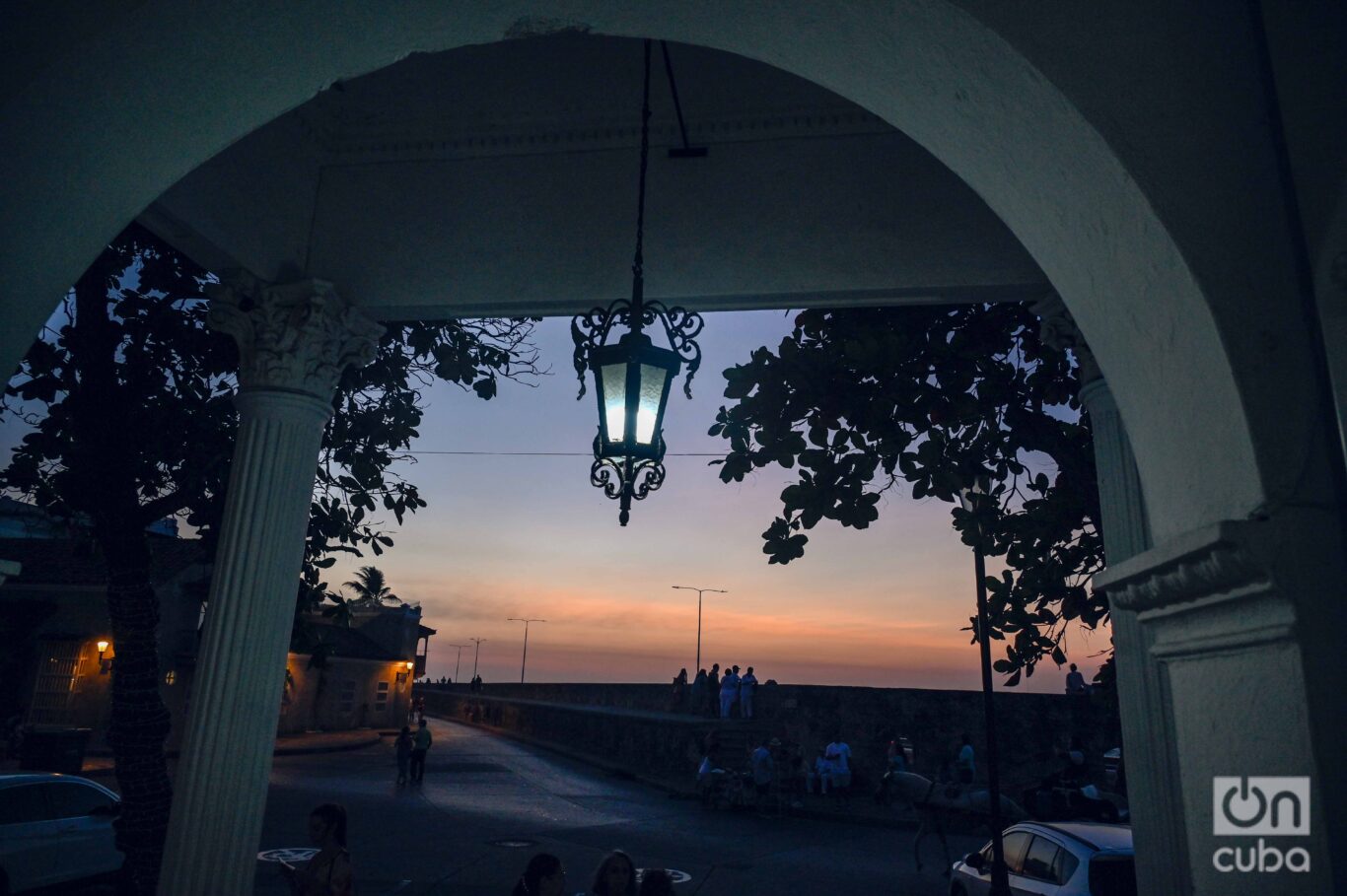
In one of the corridors of the inner courtyard, on the wall, a timeline that runs through the milestones of the writer’s life is displayed. Among photos, infographics and texts, his literary legacy, his achievements, loves and struggles are remembered. In addition, there is a room where visitors can appreciate several garments and personal objects by García Márquez, along with a collection of books that were part of his life.
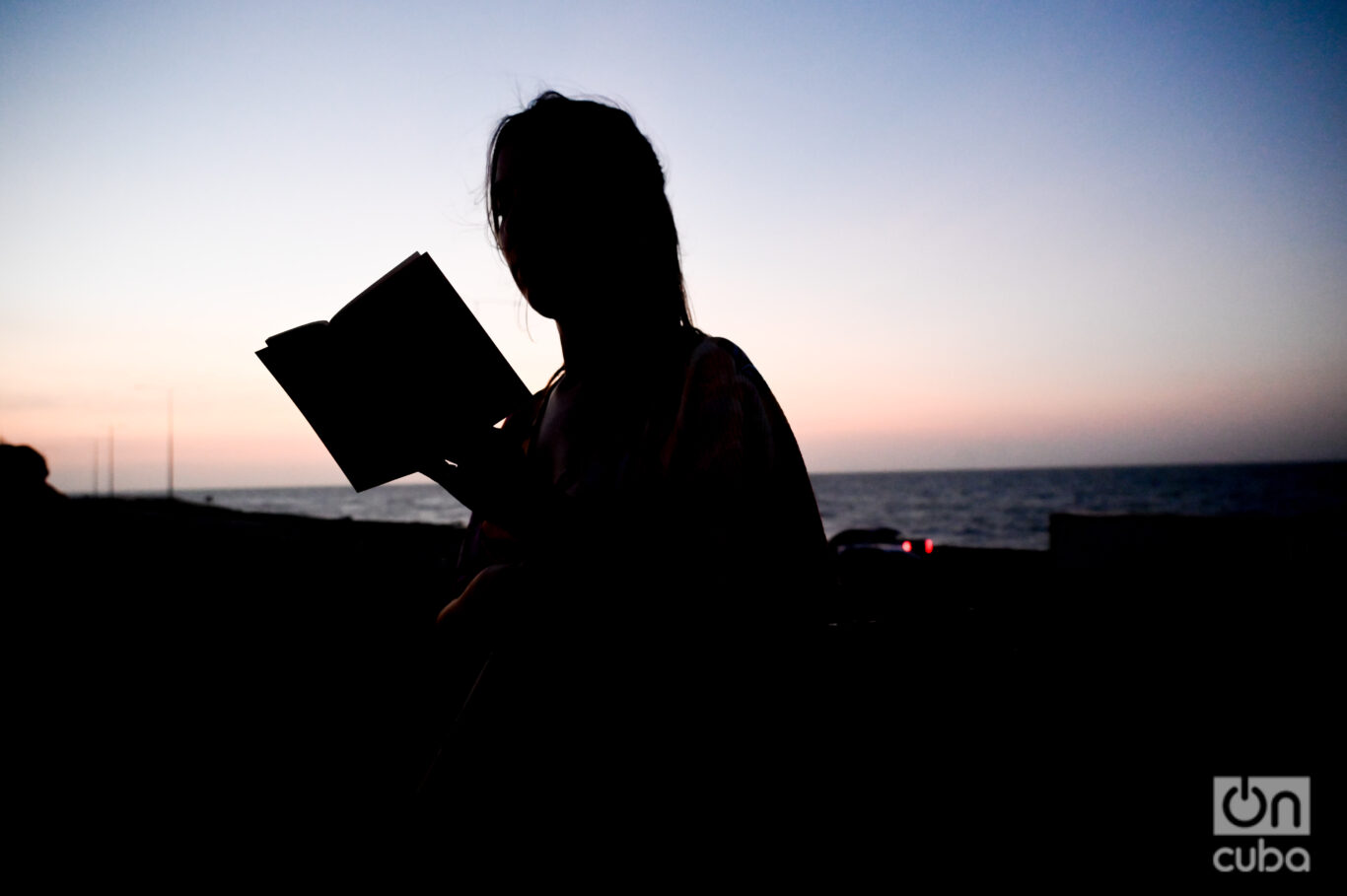
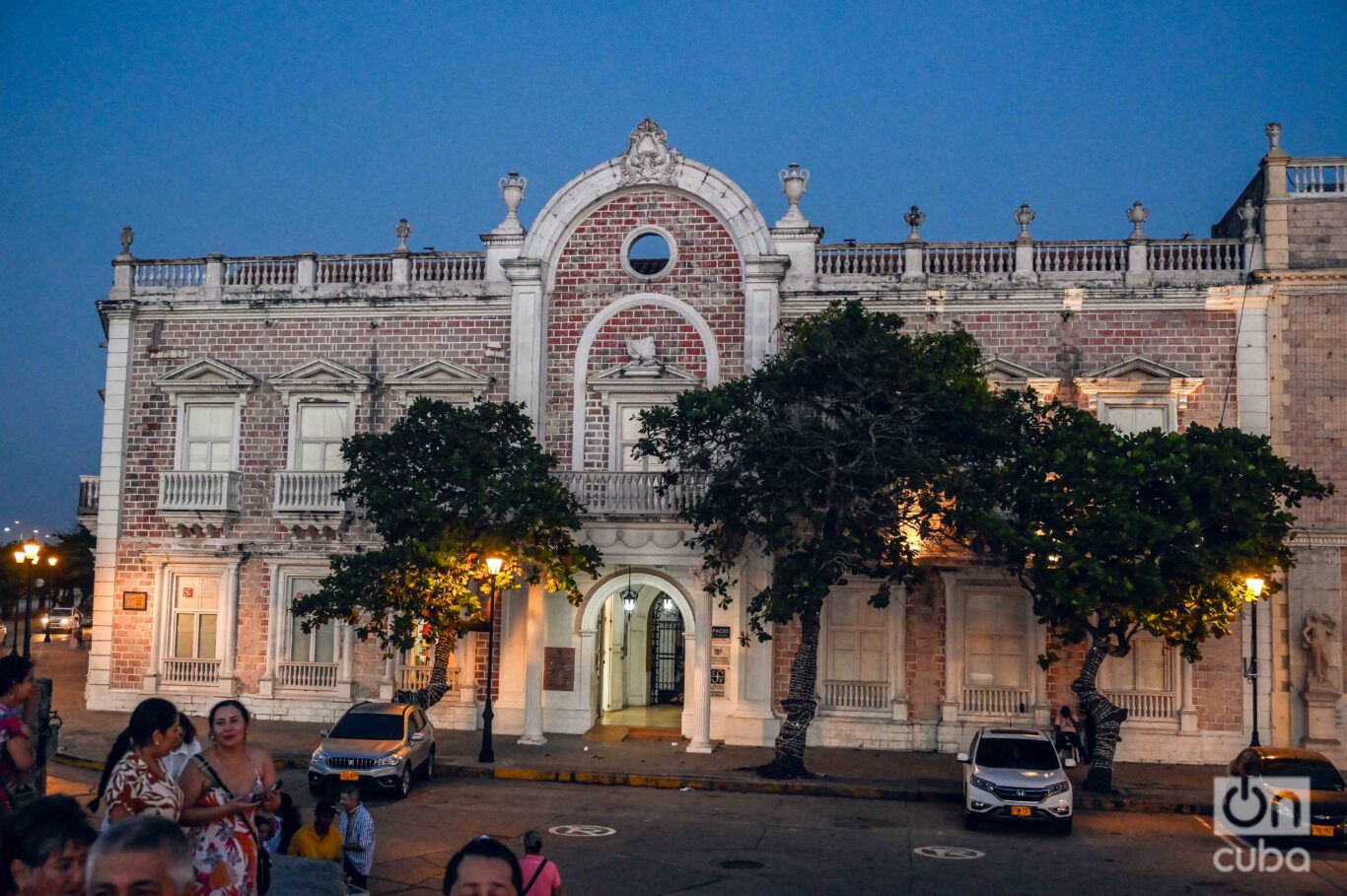
In that corner of Cartagena, under the bronze bust that pays tribute, the man who revolutionized literature remains, in some way, as immortal as his words. Between the shadows of the trees and the light that filters between the walls of the university, the ashes of Gabo rest and their legacy and memory vibrate strong.
